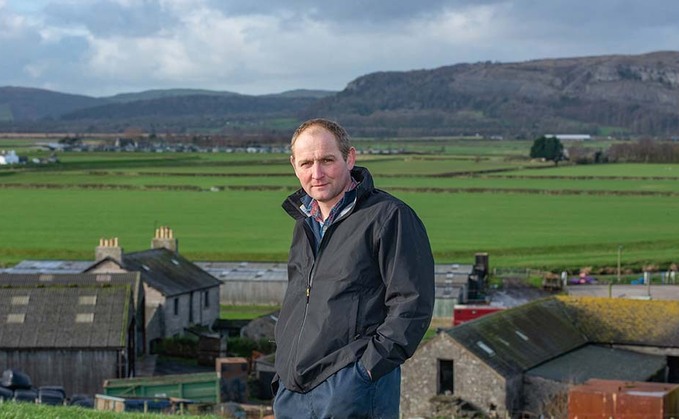
PROMPTED by a desire to better understand his business overheads and swap knowledge with like-minded farmers, Adrian Bland embarked on a three-year stint as one of AHDB's strategic dairy farmers. Hannah...

PROMPTED by a desire to better understand his business overheads and swap knowledge with like-minded farmers, Adrian Bland embarked on a three-year stint as one of AHDB's strategic dairy farmers. Hannah...